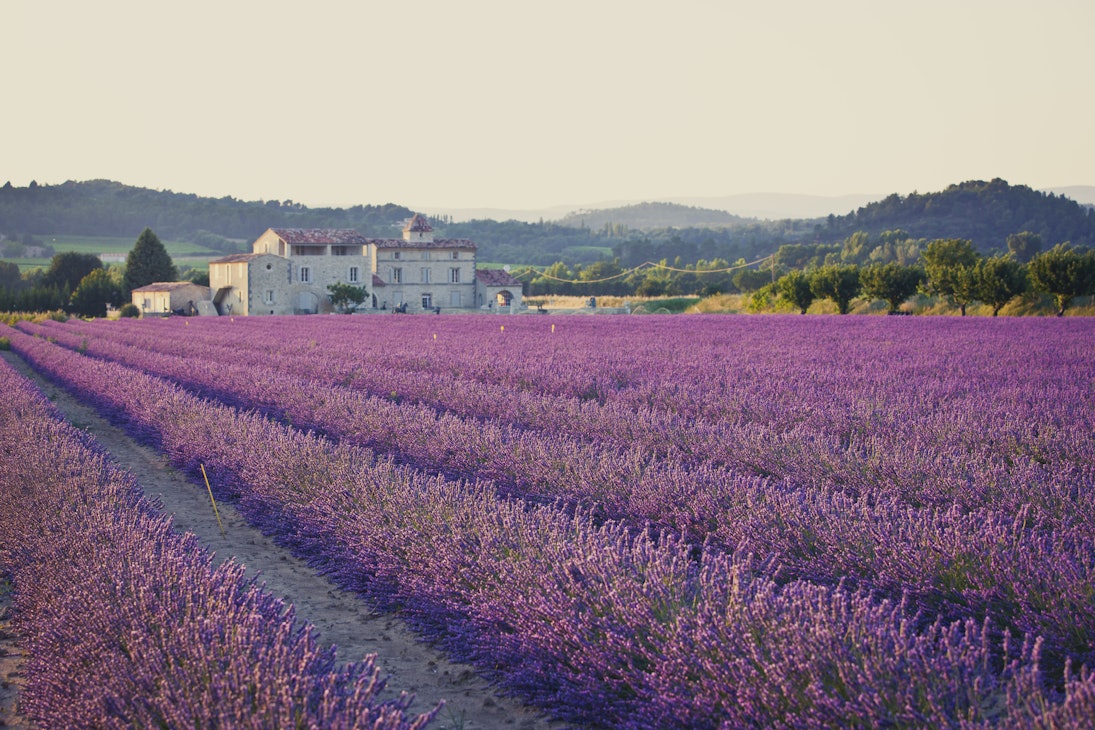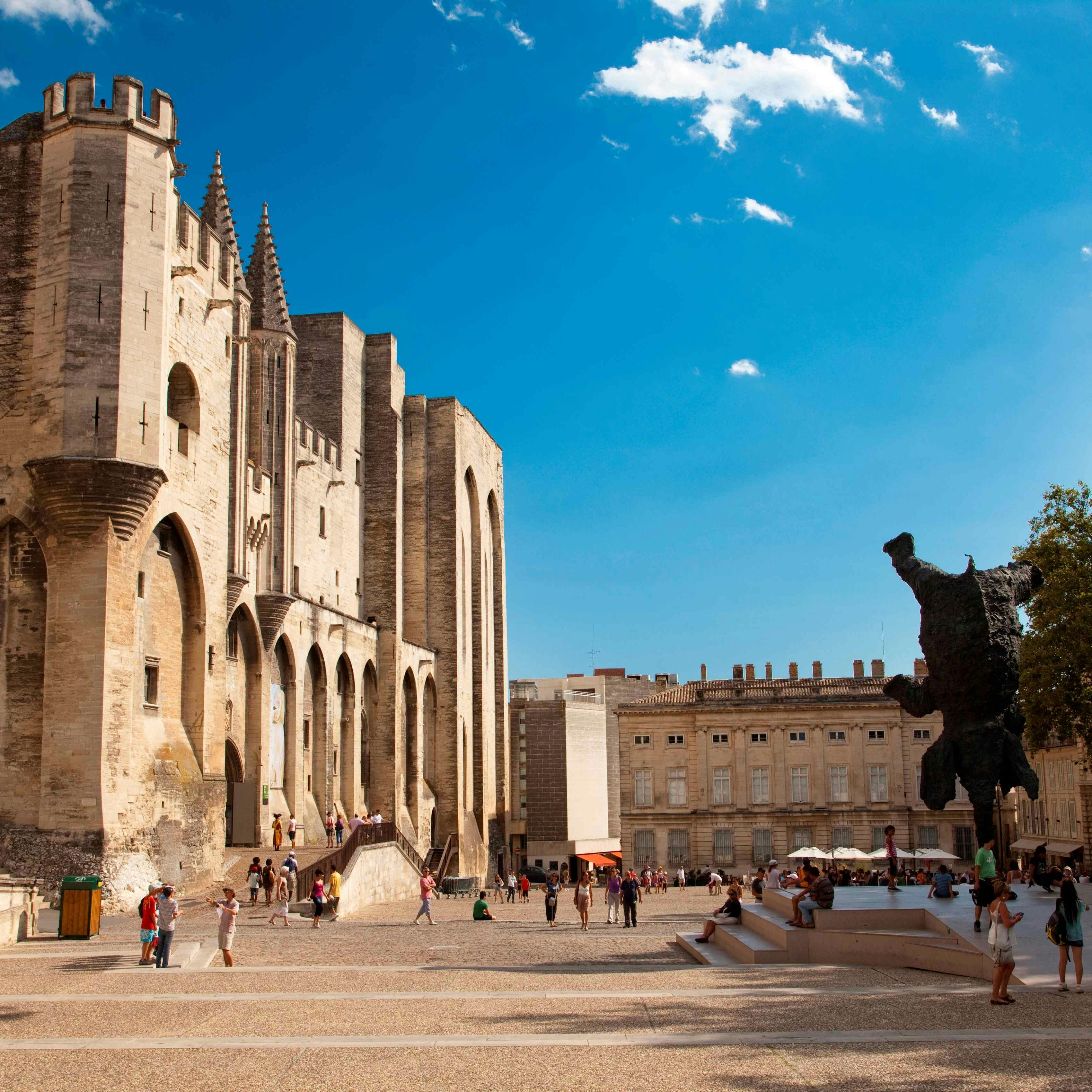
Overview
Whether you're cruising the clifftop roads, sunbathing on the beaches or browsing the weekly markets, Provence and the Côte d'Azur are sexy, sun-drenched and seductive.
Leave the planning to a local expert
Experience the real Provence & the Côte d'Azur. Let a local expert handle the planning for you.
Must-see attractions
Planning Tools
Expert guidance to help you plan your trip
Best Things to Do
From enthralling cities to tranquil villages, complete with fine wine, lavender fields and coastal coves: here are the best things to do in Provence.
Read full article
Best Road Trips
These unforgettable road trips reveal enchanting landscapes, charming hilltop villages and humble vineyards of the Côte d’Azur.
Read full article
Get a book. Get inspired. Get exploring.
in partnership with getyourguide

























